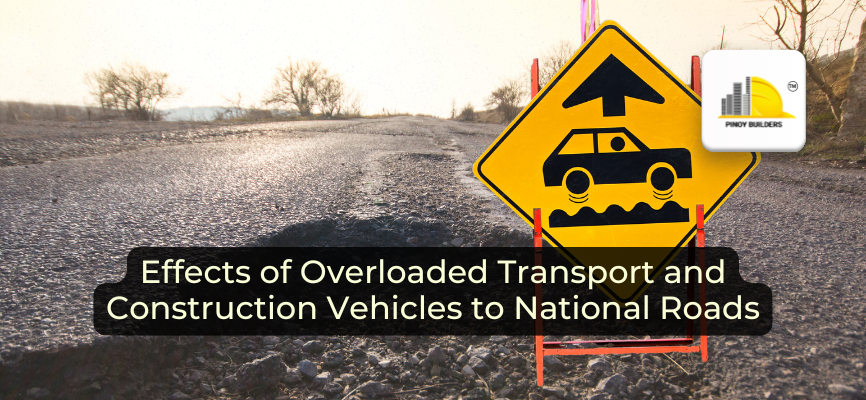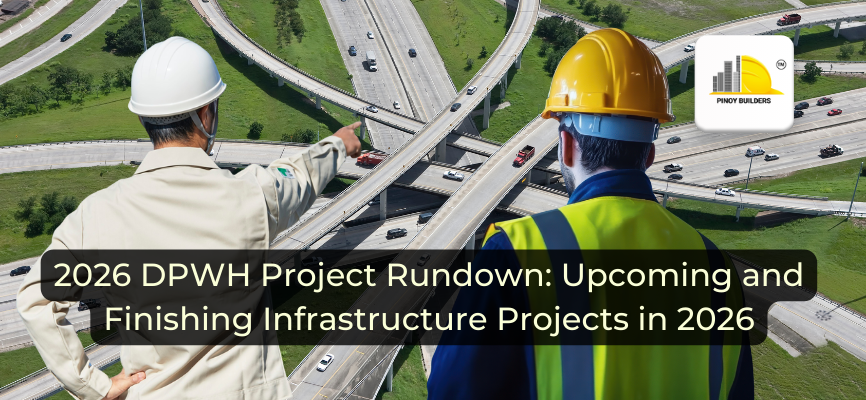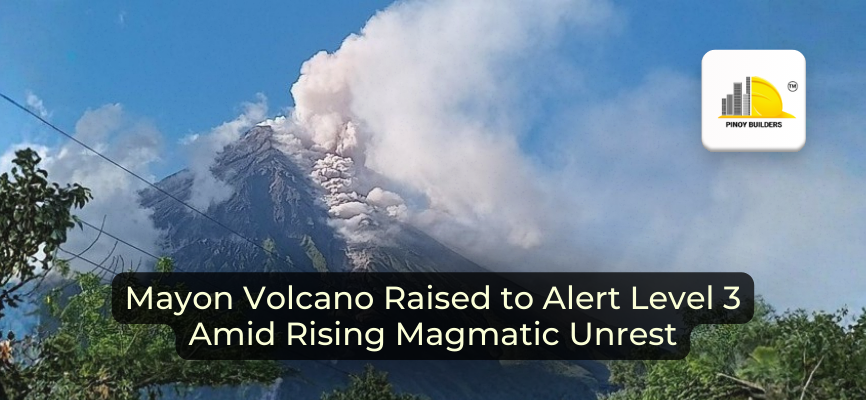For many Filipino motorists and commuters, the sight of potholes and uneven road surfaces is a common frustration. A big contributor to this issue is the presence of overloaded transport and construction vehicles on roads—most especially national roads.
Road construction safety is crucial, particularly when heavy vehicles are involved. Their operations not only affect road integrity but also pose serious risks to both workers and road users. In this article, let’s take a look at the common hazards associated with overloaded vehicles, outline best practices for safety, and highlight the crucial role of traffic management and local authorities in addressing these pressing issues.
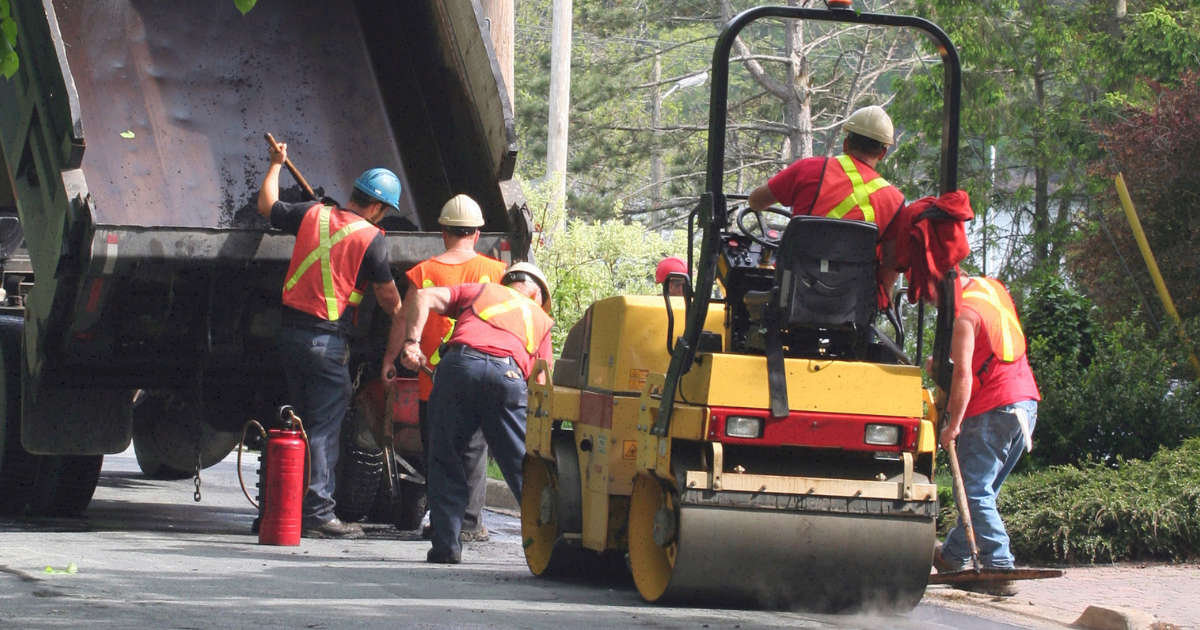
What Exactly Is Road Construction Safety?
Safe road construction is essential for public safety and economic growth. Well-maintained roads facilitate the smooth movement of goods and people, which is important for promoting a thriving economy.
Roadwork zones, while often temporary, introduce unique challenges and hazards. These zones can become dangerous due to the presence of construction vehicles, which can create physical risks for workers and safety concerns for drivers. Understanding these hazards is crucial in promoting a safer environment for everyone involved.
Common Hazards Associated with Construction Vehicles
Many people may overlook it, but heavy construction vehicles can have negative consequences for the construction workers, civilians, and even the road themselves, even more so when their weight is not regulated. Overloaded transport and construction vehicles present several hazards, including:
- Road Degradation:
- Overloading contributes to the formation of potholes and cracks.
- Repeated heavy loads can compromise the structural integrity of roads.
- Increased Stopping Distances:
- Overloaded trucks require significantly longer distances to stop.
- This increases the risk of collisions, especially in high-traffic areas.
- Reduced Visibility:
- Large construction vehicles can obstruct the views of other drivers.
- Poor visibility makes it difficult for drivers to react quickly to changing conditions.
- Worker Safety Risks:
- Construction workers are at risk from moving vehicles and falling debris.
- Accidents involving vehicles can lead to serious injuries or fatalities.
Best Practices for Enhancing Road Construction Safety
Implementing best practices can significantly enhance road construction safety, including:
- Regular Vehicle Maintenance:
- Ensure construction vehicles are regularly inspected and maintained.
- Proper maintenance helps prevent breakdowns and reduces accident risks.
- Load Management:
- Adhere to strict regulations on load limits to prevent overloading.
- Implement systems to monitor and enforce compliance with load regulations.
- Use of Technology:
- Utilize GPS tracking and load sensors for real-time monitoring of vehicle conditions.
- Technology can help improve operational efficiency and safety.
- Training and Education:
- Provide comprehensive training for construction vehicle operators.
- Educate operators on recognizing and mitigating potential hazards on site.
What Is the Role of Traffic Management and Local Authorities In Road Construction Safety?
Effective traffic management plays a critical role during road construction because they can mitigate events to minimize disruptions and hazards. Local authorities have a responsibility to enforce regulations on overloaded vehicles and ensure compliance with safety standards.
The Motor Vehicle User’s Charge Act (RA 8784) contributes to this effort by generating funds for road maintenance and infrastructure projects, encouraging vehicle owners to adhere to weight limits. This financial accountability aids in mitigating the road degradation that overloaded vehicles inflict.
In addition to RA 8784, public awareness campaigns can educate road users about the risks associated with construction zones and emphasize the importance of following road signs and detours. Collaboration between local authorities and construction firms is essential for enhancing overall road safety and creating a safer environment for workers and motorists alike.
Iwas Lubak With Road Safety Practices
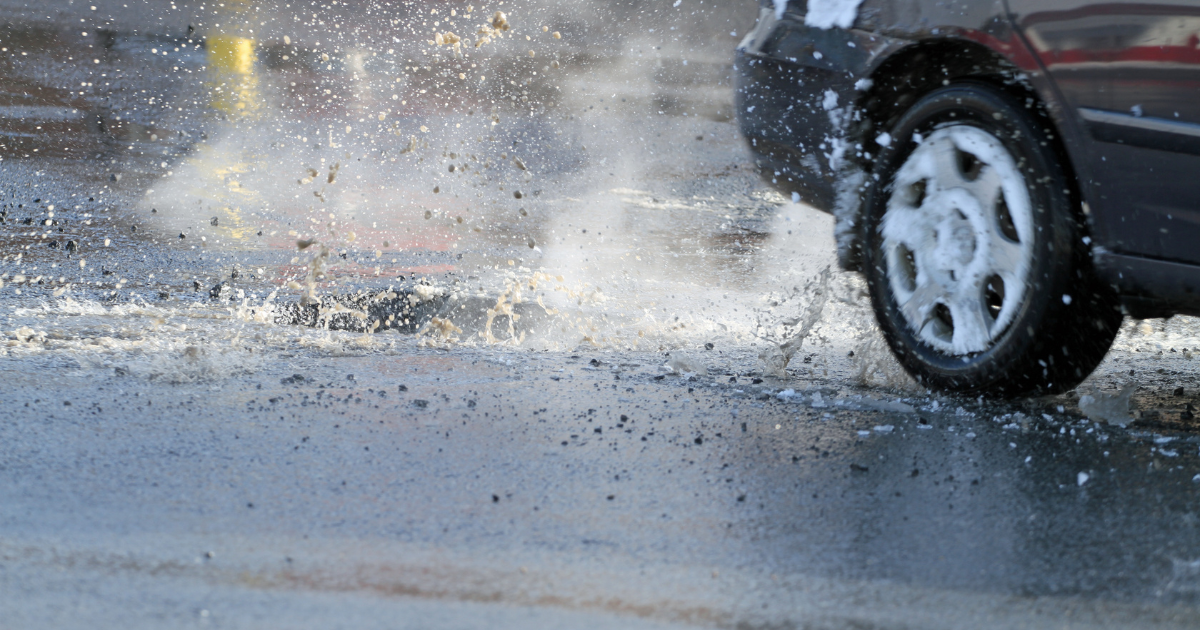
Overloaded transport and construction vehicles pose significant hazards to national roads, contributing to degradation and safety risks for both workers and road users. Adopting the best practices for safety fosters collaboration between local authorities and construction companies, allowing us to work towards a more secure road environment that is safe for everyone.
References:
BigRentz. (2020, April 3). 11 Essential Road Construction Safety Tips. BigRentz. Retrieved October 15, 2024, from https://www.bigrentz.com/blog/road-construction-safety
Eagle Rock Excavating. (n.d.). 8 Most Common Road Construction Hazards You Must Know – Eagle Rock. Eagle Rock Excavating. Retrieved October 15, 2024, from https://www.eaglerockexcavating.com/8-most-common-road-construction-hazards-you-must-know/
LTO Portal PH. (n.d.). RA 8794: Anti-Overloading Act and 2020 Motor Vehicle User Charge (MVUC) Law. LTO Portal PH. Retrieved October 15, 2024, from https://ltoportal.ph/ra-8794-anti-overloading-act-motor-vehicle-user-charge/


